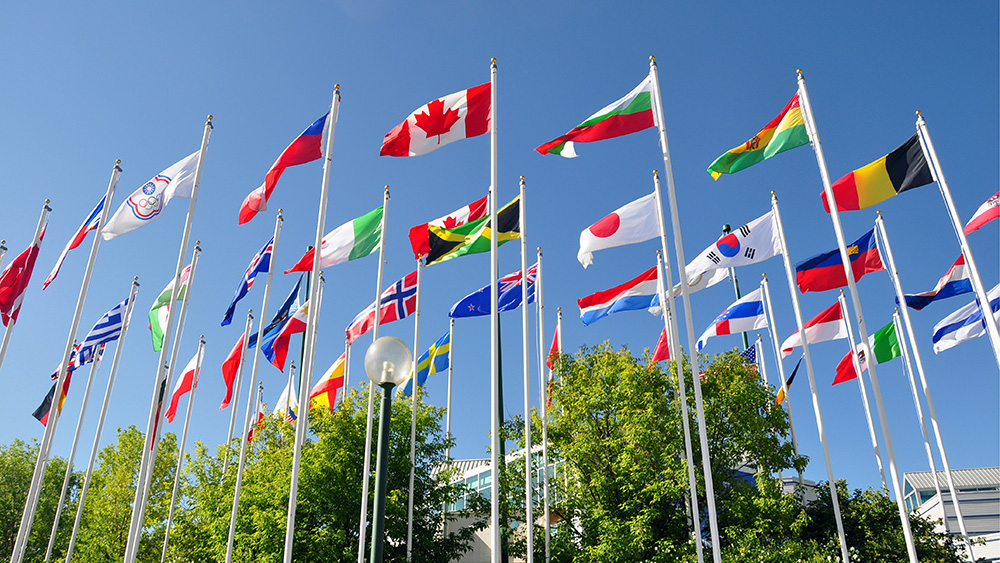
In the current event landscape, the key to reaching — or exceeding — international attendance goals is developing relationships that last.
The pandemic slump is a thing of the past, even when it comes to international audiences. Many events are seeing equal — or, in some cases, greater — international numbers than 2019. But that doesn’t mean markets, messages, and promotional approaches should be the same as they were four years ago. Adjustments must be made to ensure participants are aware of events, that they have a successful experience and that they keep coming back.
This new era brings new victories and new challenges. Visa wait times, as an example, are long and the U.S. State Department is still working on a backlog of applications. As a result, the markets organizers are prioritizing and how they’re reaching audiences are changing. Here are three practical ways to adapt to the new landscape and prepare for the future.
1. Invest in data tools and resources to get an accurate understanding of current international markets, audience segments, and demographics. The data should be tracked regularly, not just after an event. That way, a clear line of sight on how marketing efforts are impacting outcomes during the campaign becomes evident, and real-time changes can be made as needed. This information also can be used to keep event stakeholders, like exhibitors and exhibitor prospects, up to date with an accurate and compelling data story. The more they know about potential customers coming to the show, the more prepared they’ll be to optimize their interactions on-site.
2. Build out an ecosystem of in-market multipliers. Prospects want to know who else is going to an event, why they’re going, and what they’re saying about it. Word of mouth can spread more quickly globally if there are promotional partners in place to help. Reach out to in-market industry influencers, government agencies, media, counterpart trade associations, and industry business consultants. Collectively, these partners can help build brand equity and awareness; individually, they lend their channels to reach new audiences and prospects.
And, remember, these partnerships shouldn’t be transactional. To make them more substantive, learn about potential partners’ objectives and identify on-site opportunities for them to showcase their thought leadership and content. This deepens their investment and commitment to promoting the event.
3. Explore ways to extract additional value out of these partnerships. Leverage the in-market influence of partners to enhance campaign tactics. For example, incorporate delegation offers in paid digital advertising campaigns. This can capture email addresses and lead to conversions from priority markets. Also consider targeting emails to specific markets featuring in-market speakers, influencers, delegations, and even influential brands participating in the event. And consider providing direct marketing support to encourage partners to do more in-market promotion.
In the current event landscape, the key to reaching — or exceeding — international attendance goals is developing relationships that last. Investing the time and budget necessary to maximize your data capabilities and the power of partnerships upfront will help increase growth and reduce the costs of finding new partners down the road.
Anjia Nicolaidis is director of international strategy at mdg, A Freeman Company, a full-service marketing and public relations firm specializing in B2B events.
